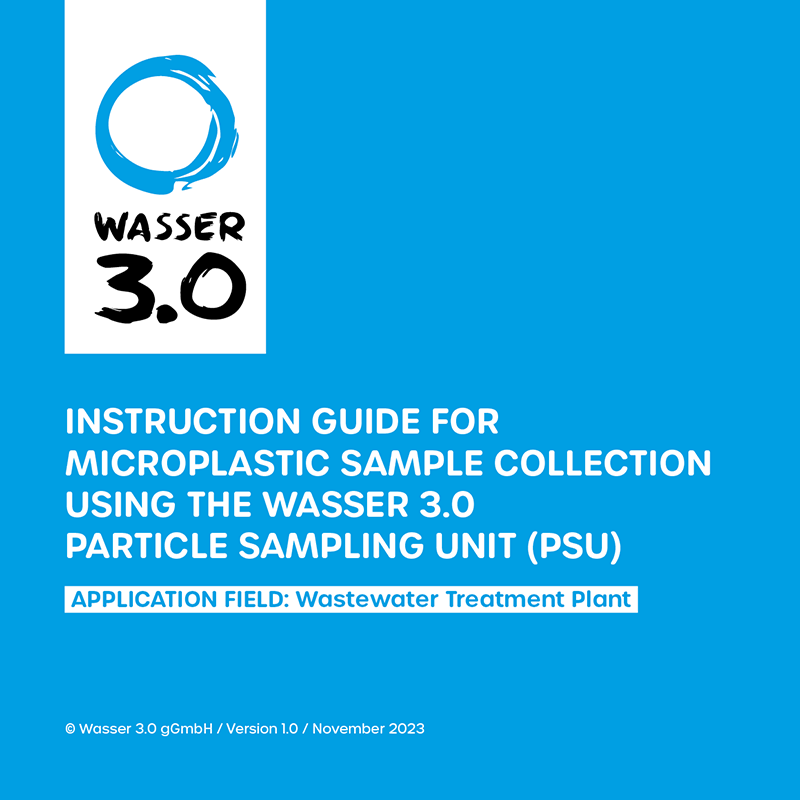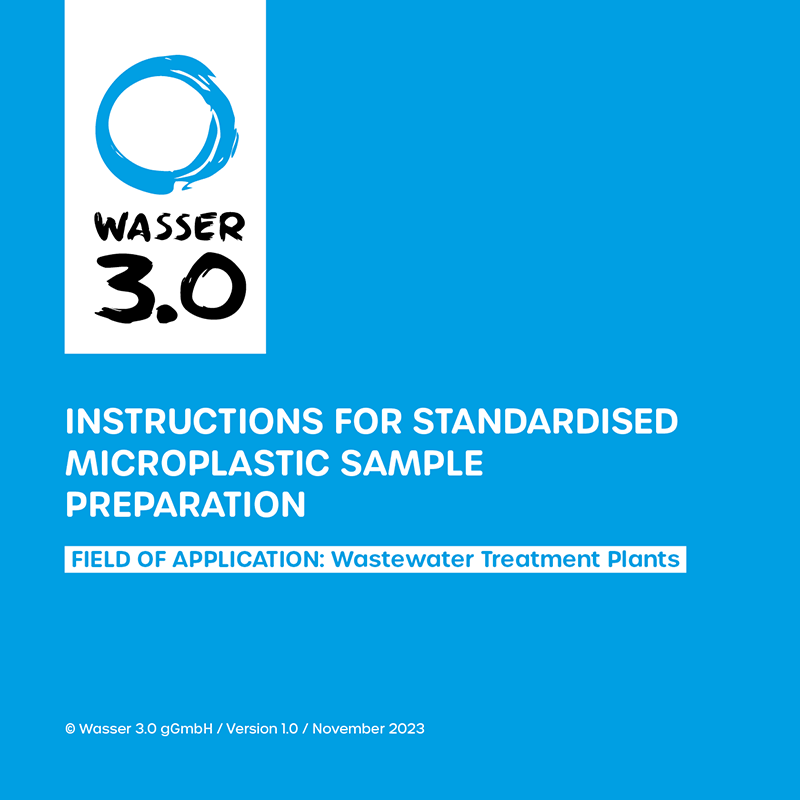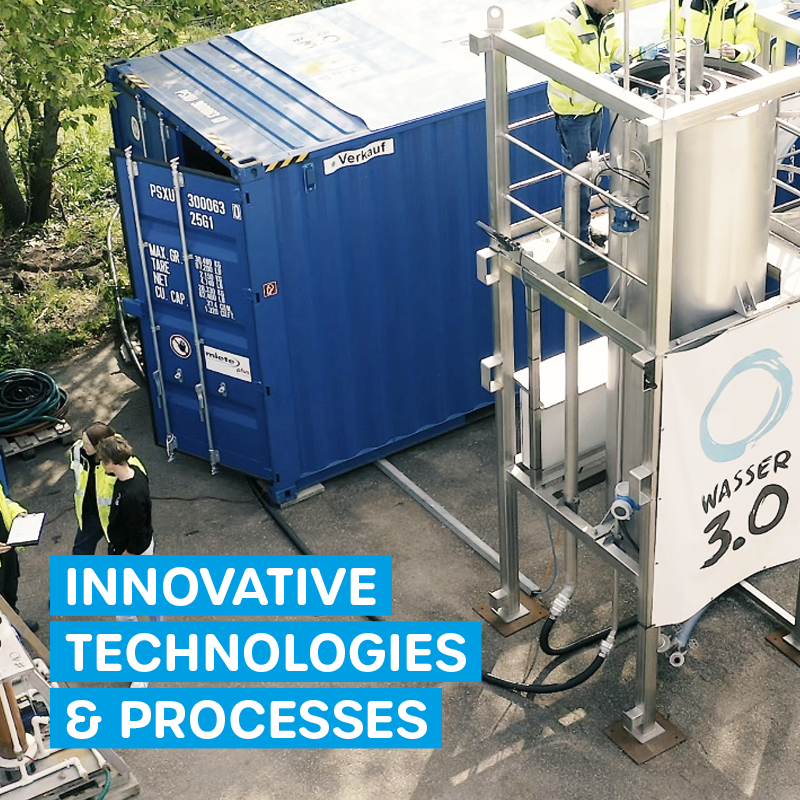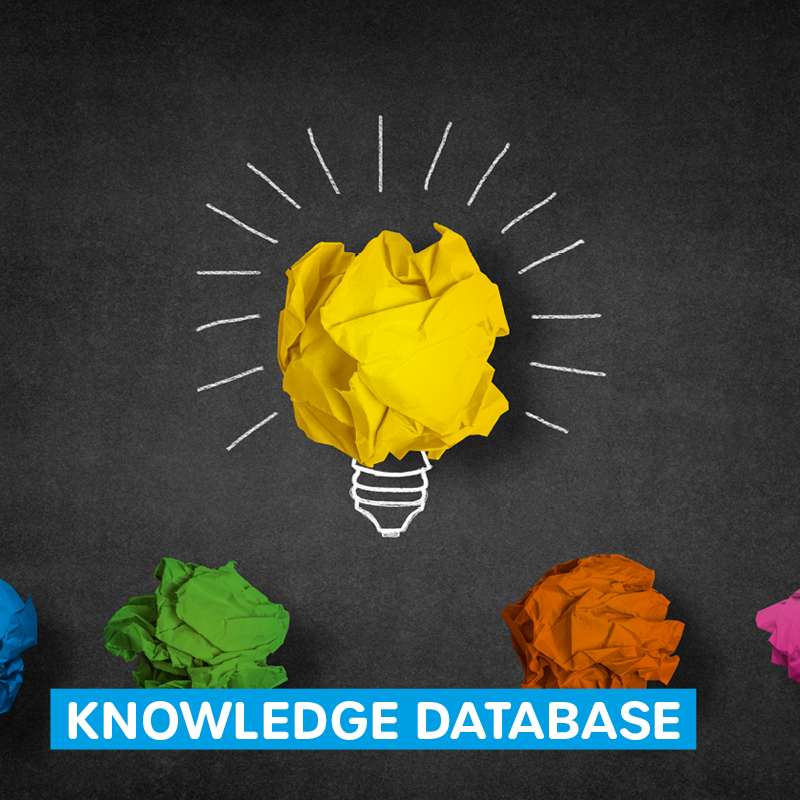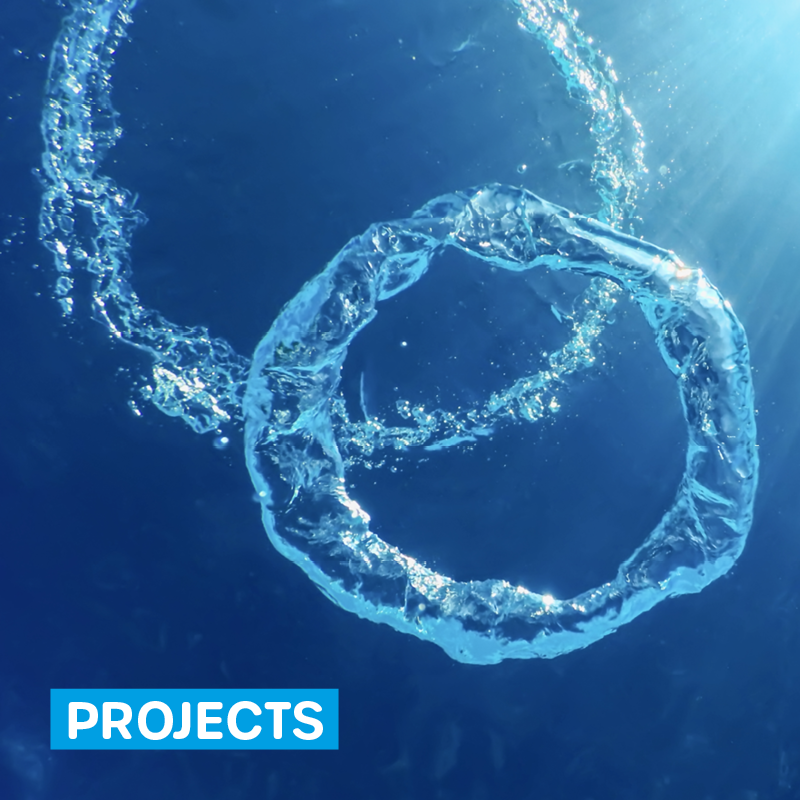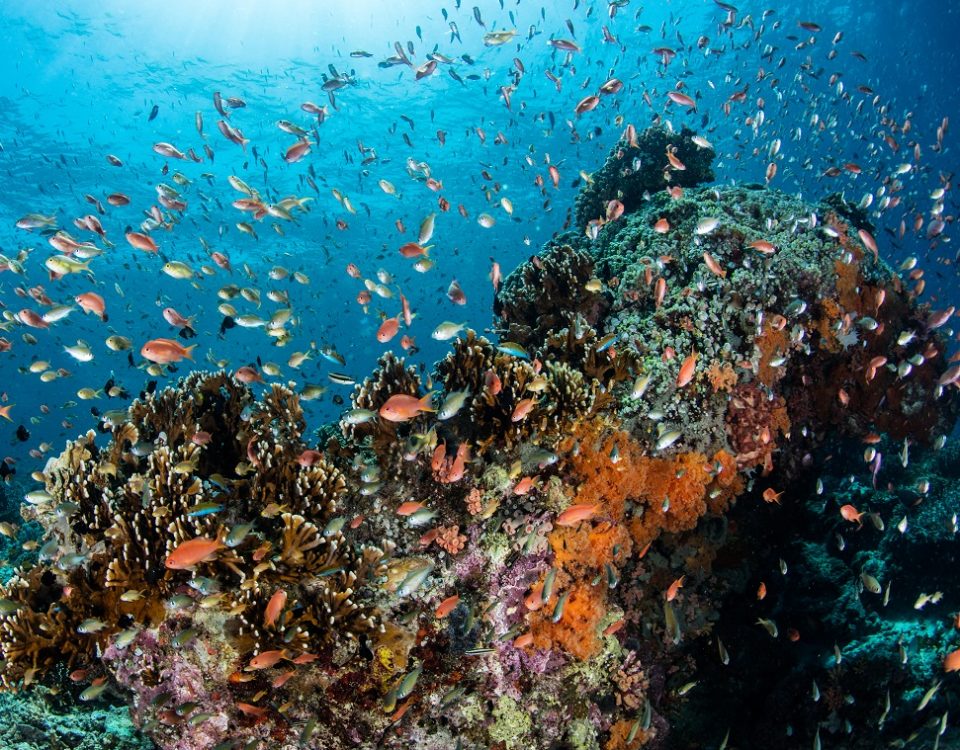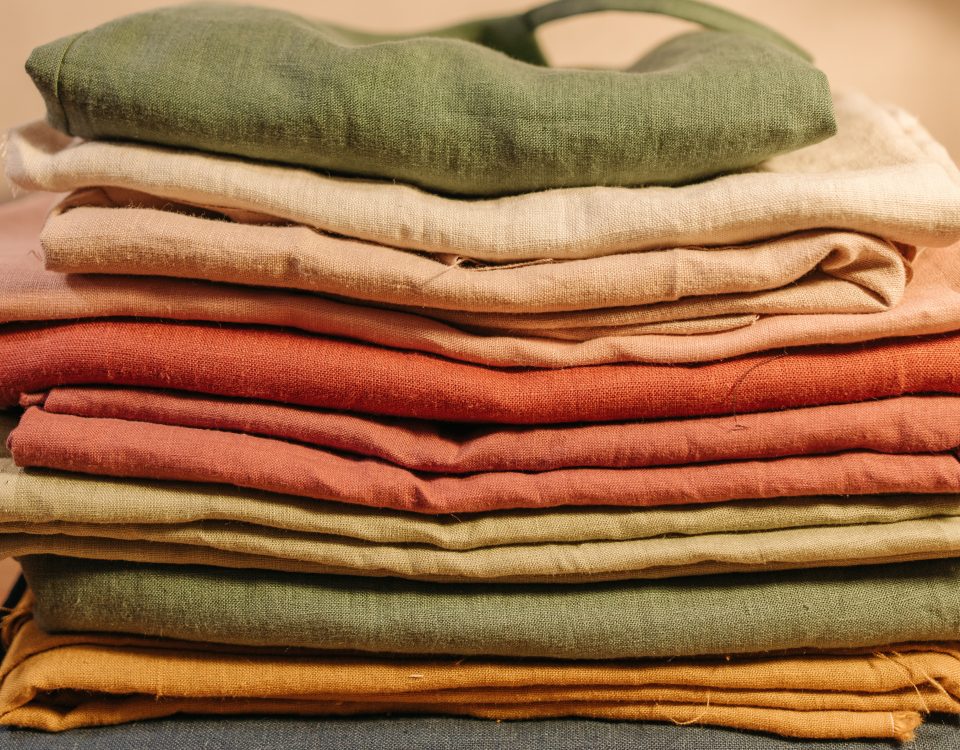
Our offers for municipal wastewater treatment plants
Microplastic analysis as a comprehesive service
We offer a comprehensive service from standardized sampling to detection and reporting.
Once an appointment has been made, Wasser 3.0 takes care of the rest. Our microplastic analysis is based on fluorescence markers and enables fast, cost-effective, comparable, and scientifically validated microplastic monitoring.
Would you like to take action yourself?
Ask us about our manuals for standardized microplastic sampling and for standardized sample preparation.
Municipal wastewater treatment plants are a hotspot for microplastic emissions to the environment.
Although wastewater treatment plants can remove most of the microplastics within three treatment stages, they are still a significant source of microplastics in the environment due to the residuals and high volumes of wastewater
Therefore, the revised EU Urban Wastewater Directive (Directive 91/271/EEC) introduces the following mandatory routine measurements of microplastics in the wastewater treatment plant effluent:
- Plants with more than 100,000 population equivalents (p.e.) must take samples at least twice a year, with a maximum interval of six months between samplings.
- Plants with more than 10,000 p.e. must take samples only once every 2 years.
- Wastewater treatment plants (>100,000 p.e.) must also monitor for the presence of microplastics in sewage sludge.
Everything from a single source
Take advantage of our all-round carefree package. Wasser 3.0 offers a standardized service for collecting data on microplastic pollution in municipal wastewater.
On-site sampling
- We have developed a mobile sampling unit to enable fast and comparable sampling for microplastic detection.
- Standardized, validated, and cross-validated.
- Comprehensive and comparable data.
- Flexible sampling times.
Rapid microplastic detection thanks to innovative fluorescent markers.
Our detection technology is based on selective fluorescent labeling of microplastics, making it fast, reliable, and cost-effective.
- Validated and cross-validated method.
- Proven in long-term studies on wastewater treatment plant effluent (> 200 samples).
- Proven in 4th stage treatment plus long-term studies (microplastic and micropollutant removal).
- Unit of measurement: microplastic particles (MP) / liter [MP / L].
Required conditions:
- Access to the wastewater treatment plant.
- Power supply.
- Access to outlet manhole / outlet.
- Access to tap water.

